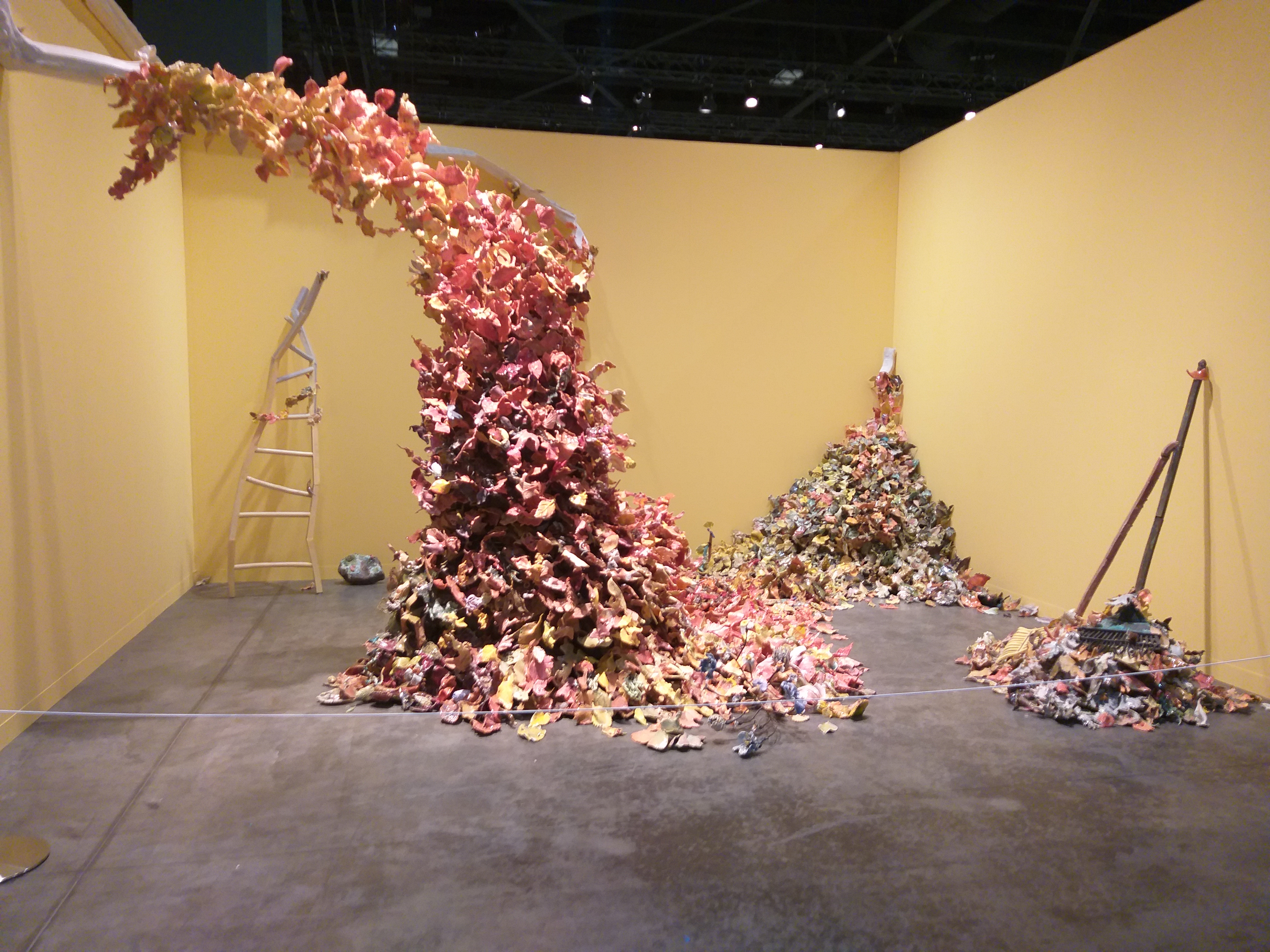Art Basel returned to Miami Beach despite fears surrounding the omicron variant. Therefore, the event added additional safety measures to prevent the risk of spreading the virus, including timed entry windows for tickets, the requirement of a vaccination certificate or a recent negative test for admission and mandatory use of face masks throughout the exhibition.
Among all the artwork, a controversial technology had a presence on the show’s floor this year: Non-fungible tokens, better known as NFTs.
A digital image is generated by a computer and the right to claim ownership of it, rather than the image itself, is traded.
The technology is criticized for the immense energy usage involved in creating and trading the NFTs, which contributes significantly to greenhouse gas emissions.
Another issue is that artists have explicitly prohibited the use of their art as NFTs, but had it stolen. There have also been accusations of money laundering and other criminal activity involved in their trade.

The “Humans + Machines: NFTs and the Ever-Evolving World of Art” exhibition had event visitors generate their own NFT portraits, and ran on the Tezos platform, which claims to be energy-efficient because it uses a different system for generating its NFTs.
The exhibit’s listing on the event’s site mentions the environmental concerns with the technology while emphasizing the company’s different approach and spotlighting those minting NFTs on the Tezos network. For better or for worse, the exhibit had people talking about it, and while some consider the technology something that will only become more relevant in the art field, some aren’t so optimistic.
When asked at a presentation on Saturday what he believed was the cutting edge of emergent artwork, artist Rafael Lozano-Hemmer’s answer was simple, “A poetry reading. That is absolutely the best example of [an] immersive exhibition.”
































